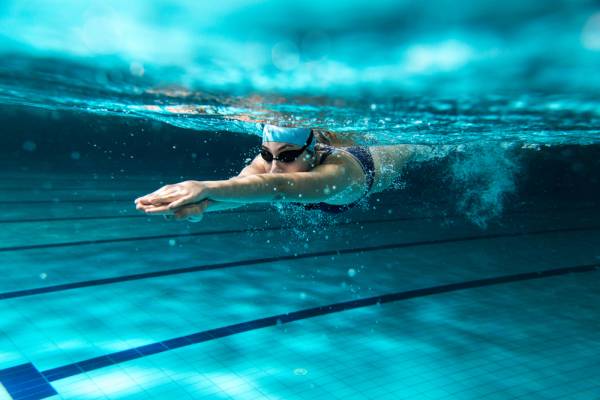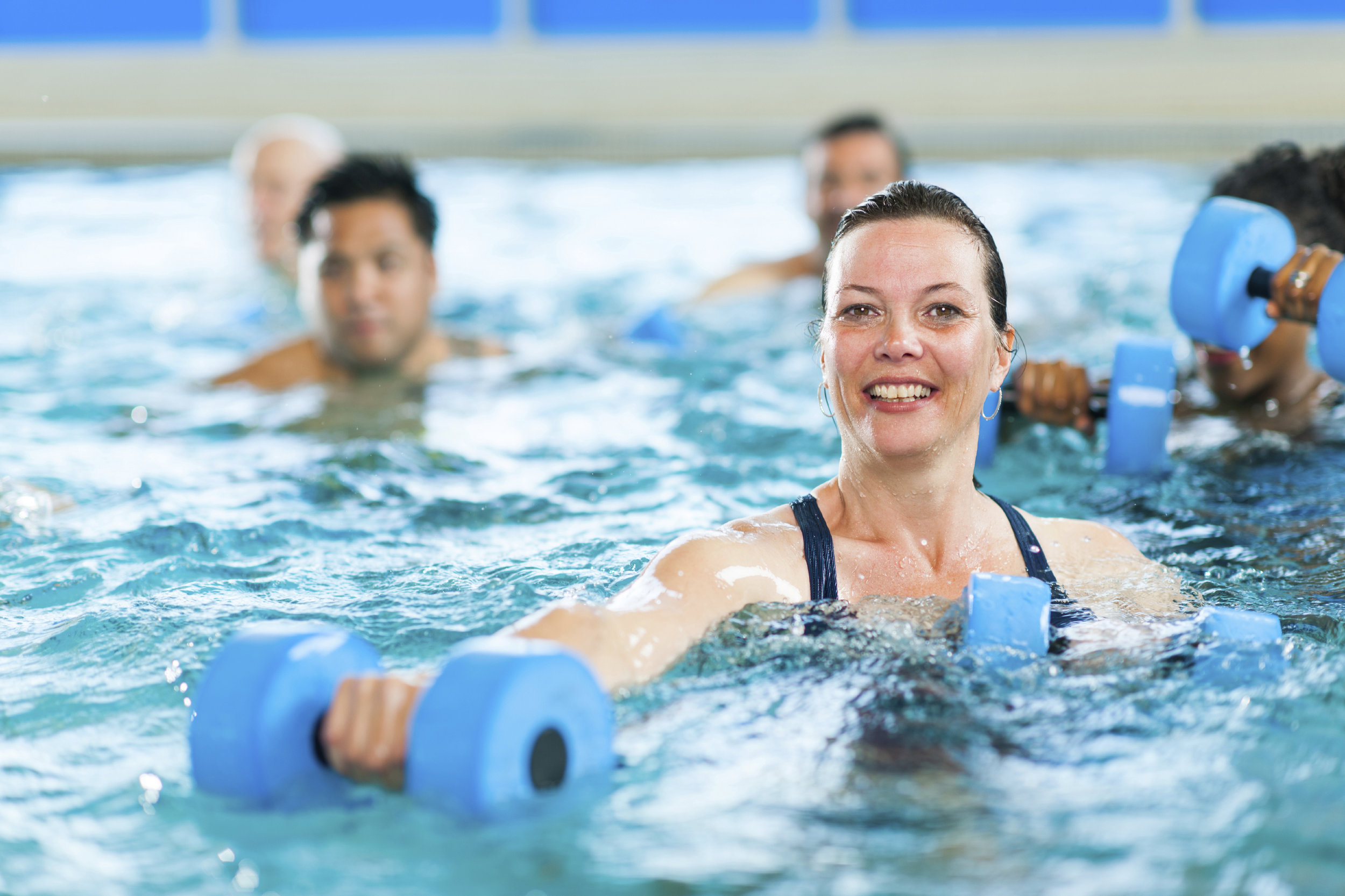Single Parents Should Make Time For Fitness
As a single parent, you might not feel like you have the time or energy to squeeze one more thing into your schedule, especially if it involves working up a sweat. But exercise can actually increase your energy level. Making your way from the sofa to a sweat session should get easier with patience, practice, and a positive attitude while giving you a boost all day long. And, there are even exercise routines that will get your kids up and moving, too. Start with these suggestions to find a fitness fit for your family.
Working out at home
There are several exercises you can do at home with basic equipment. For instance, you can invest in a pair of light dumbbells and use them for upper-body strength exercises including bicep curls, tricep curls, and shoulder raises. Old-school options including pushups and situps are also just as effective today as when you did them during middle school gym class.
Although some high-end yoga mats can cost upwards of $100, you can also find a wide variety of options for a fifth of the price. Several fitness companies also make mats specifically designed with kids in mind. So you and your pint-sized partners can count each other’s reps during strengthening exercises or stretch your muscles and minds during a yoga session. There are a number of free and cost-conscious videos and smartphone apps that can help you practice poses.
Joining a gym
If your budget and busy schedule makes joining a gym an option, choosing a family-friendly fitness center is your best option. Depending on your kids’ ages, you might want to select a gym that offers its own childcare center or kids’ classes that will help keep them active and occupied during your workouts, according to the health website Verywell. Tour the gym and ask questions about fees and qualifications for instructors and childcare providers to help make sure the fitness facility will be affordable and comfortable for both you and the kids. Otherwise, a stop at the drive-thru restaurant will probably be a lot more tempting than a trip to the gym.
Everyday exercise
Walking and running are among the easiest ways to squeeze fitness into a tight schedule and budget. And one or both activities can be adapted to suit kids and adults of nearly every age and fitness level. For instance, Parents magazine suggests scheduling a daily walk before or after dinner and making it more fun for your tiny tagalongs by incorporating games like I Spy. Or, sign up for a fundraising walk or run as a family to get some exercise for a good cause.
Swimming is another family-friendly fitness activity, and adults and kids can practice in the pool or on a warm-weather vacation to an ocean- or lakeside lodge. There are a number of classes for exercisers of all ages to sharpen their swim skills, including some that single parents can take right alongside their water babies.
This water-based workout is truly total body because it tones muscles and builds strength and endurance while exercising your heart and lungs, according to Healthline. So it’s no wonder a 160-pound person burns about 423 calories an hour by swimming laps at a low to moderate pace compared with 314 calories burned while walking or 365 calories burned aboard an elliptical trainer. Swimming can also help people sleep more soundly -- good news for kids and parents alike.
Try these tips to incorporate more exercise into your single-parent schedule. Who knows? Maybe you’ll have your kids running to keep up with you for a change.






